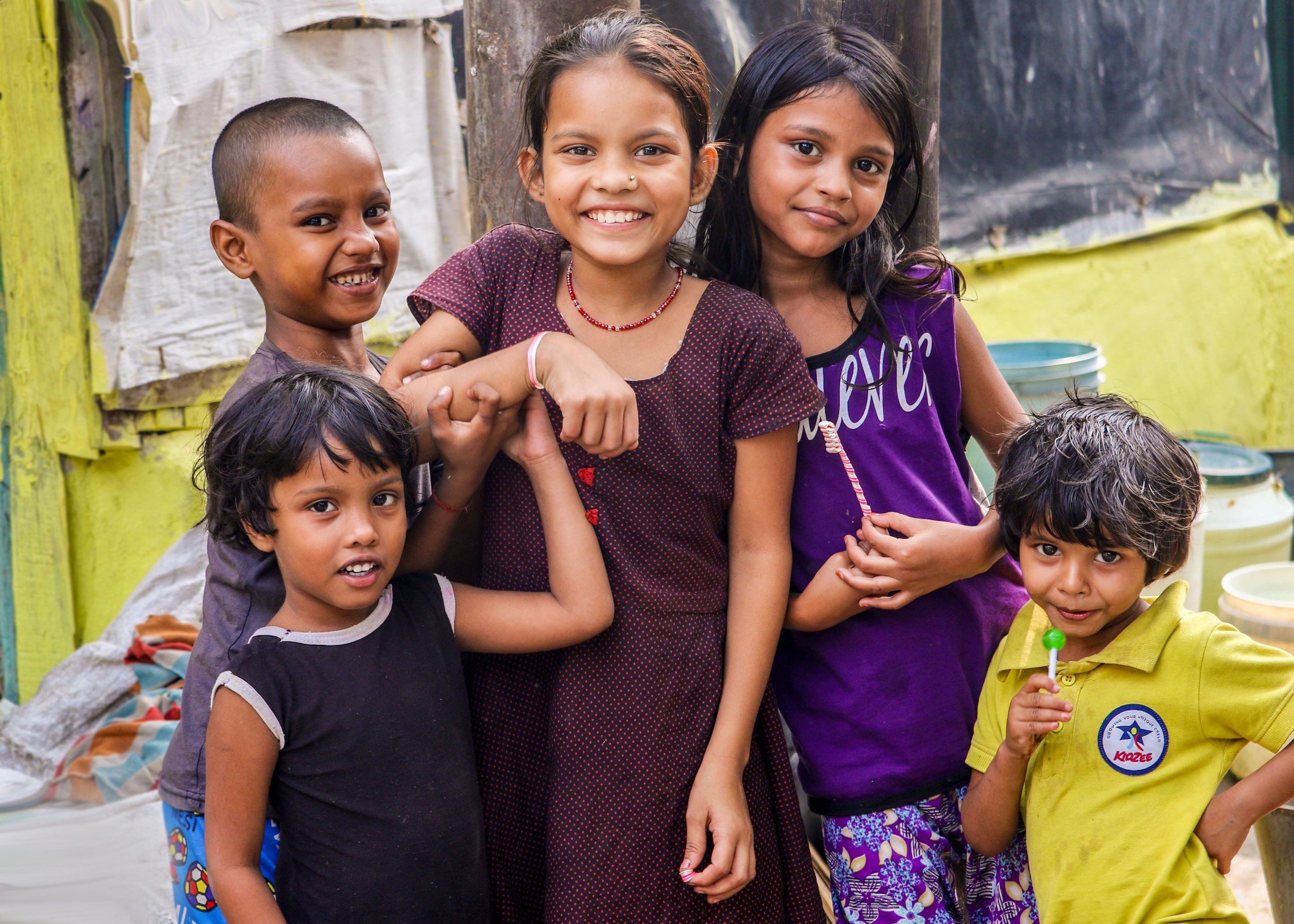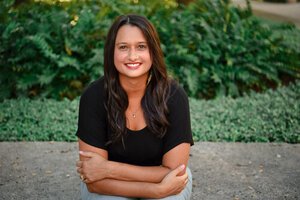5 Things to Know About Indian Immigrants
By Dr. Michelle Ami Reyes
O
n January 19, 2022, an Indian family of four was found frozen to death at the Canada-US border. Jagdish Patel (39), Vaishaliben Patel (37), and their children, Vihangi (11) and Dharmik (3) came from the small village of Dingucha in the state of Gujarat, and they dreamed of a better life in the United States. They had paid a coyote to smuggle them across the border illegally, but they became separated from their group during a blizzard in a North Dakota border town. The rest of the Indians national they had been traveling with made it across but were then apprehended by US border officials.
The tragic death of this vulnerable Indian family is a moment for us, as Christians, to grow in our awareness of untold immigrant stories like theirs and to see this tragedy through a theological lens. Here are five facts to help us respond to the reality of Indian immigrants with empathy and action.
1) There are approx. 630,000 undocumented Indian immigrants in the US
There are 4.6 million Indian Americans today and they comprise the second largest Asian group in the US (at 21%). Of this number, 525,000 are unauthorized immigrants. Data shows that many illegal Indian Americans today can be attributed to overstaying education and tourist visas. However, undocumented Indian immigrants also include the working-class, Dalits, and refugees who have cross the border illegally. Undocumented Indians come across the Canada border like the Patel family, but many also cross the Mexico border. U.S. Border Patrol figures show that the number of unauthorized Indians detained on the US-Mexico border spiked from just 76 in 2007 to more than 7,600 last year. There is a diverse spectrum of Indians who fall under the category of undocumented immigrants and the reasons for their status are equally broad.
Theological Lens: The stories of undocumented Indian immigrants is almost never told. They come with no social, relational, or political capital, and their experiences fly under the radar. We need to elevate these voices and stories within the greater immigration conversation. Proverbs 31:8-9 states, “Speak up for those who cannot speak for themselves, for the rights of all who are destitute. Speak up and judge fairly; defend the rights of the poor and needy.” This may be hard for fellow Indian and Asian immigrants who immigrated to the US through “proper channels.” Often times it can be the hardest for fellow immigrants to care for and elevate the story of the undocumented. Classicism plays a role, causing those who’ve made it to think less of those who are trying to come through more desperate means.
2) Not all Indian immigrants are wealthy
Sometimes people assume that Indian Americans are by and large wealthy. Indians are seen as model minorities; as doctors, successful businessmen, coders, and engineers. However, many Indians who immigrate to the US are poor. These are folks from rural villages. They live in a small home, usually with numerous families. They struggle to make enough money to feed all the mouths under their roof; there is tension between in-laws; their children don’t have a chance of a good education in India. So, they leave for the United States, believing that this new land will afford them opportunities they couldn’t have in their home country.
Theological Lens: When we assume all Indians are wealthy, we create an ideological wall that hides poor Indian immigrants in need. We need to bust the model minority myth and recognize that every people group represents a spectrum of wealth and status. Scripture calls us to have a high radar for the poor. Deuteronomy 15:11 says, “There will always be poor people in the land. Therefore, I command you to be openhanded toward your fellow Israelites who are poor and needy in your land.” There will always be the poor among us, and this includes poor Indians. For the vulnerable poor that do make it across the border, they face hostile conditions just trying to survive in a new land. May God give us the ears to see and the open hearts and hands to care for their needs.
3) Coyotes increase the vulnerability of poor Indian Immigrants
In Dingucha, the small Indian village where Jagdish and Vaishaliben Patel lived, a reporter shared that there were more posters for the US visas than grocery stores. Smugglers, or coyotes, prey on the desperation of poor Indian families, promising them a life of utopia in the US. These poor village farmers scrape together $10-20,000, depleting funds from all of their relatives just to pay the coyote for their trip. Their smuggled travels take them through Russia, the Mideast, the Caribbean and Central America. They’re forced to survive hot jungles and blizzards alike. They’re packed into trucks or forced to walk miles, despite being hungry and sick. In another tragedy, on June 12, 2019, a six-year-old Indian girl named Gurupreet Kaur died with her mother while walking across the Arizona desert from Mexico in 108 degree weather.
Theological Lens: Pray for God to put an end to coyotes that prey on the poor Indians. Proverbs 17:5 states, “Whoever mocks the poor insults his Maker; he who is glad at calamity will not go unpunished.” When smugglers exploit the poor, they slap the face of God. God promises that anyone who takes advantage of people in a desperate situation will go unpunished. We can pray for God to change the hearts of smugglers; for them to put an end to their exploitative practices and for God’s justice to come.
4) The immigration process should be easier for Indian immigrants who want to come to the US
Indians don’t want to move from their country if they don’t have to. Sometimes it’s assumed that anyone around the world who gets the opportunity to come to the US will take it, but that’s not true. For example, most middle-class Indians aren’t trying to move to the US. Conversely, many of the Indian immigrants we know in the US today are poor families (many of whom were Gujarati like the Patel family) who came after the 1965 Immigration Act and started chains of motels and 7 Elevens in the 1970s. Poor Indian immigrants have brought a boost to US economic health, and we should make it easier for more poor Indian immigrants, who want to come to our country.
Theological Lens: As followers of Jesus, we should advocate for an immigration system that doesn’t play favorites. The Immigration and Naturalization Act of 1965 is complicated. On the one hand, this act ended quotas that favored Northern and Western European immigrants for the first time in US history. On the other hand, it allowed immigrants to be chosen based on merit, not on race, thereby creating a kind of brain drain from India, only allowing the smartest and most successful entry into the US. Our current immigration system is not equitable, but it should be. Psalm 67:4 praises God for his equity, saying, “May the nations be glad and sing for joy, for you rule the peoples with equity and guide the nations of the earth.” Again, Romans 2:11 states, “For God does not show favoritism.” To engage the immigration process with the heart of God is to work toward greater equity and equal access for rich and poor immigrants alike.
5) We need Solidarity between Indian, South Asian, and East Asian immigrants
The reality of poor Indian immigrants trying to cross the US border is not isolated. There are also many other poor South Asian and East Asian immigrants, whose stories are overlooked in the broader immigration conversation. For example, some Asian American groups, such as Cambodian and Hmong Americans, are among the poorest in the country. They’ve come from war-torn countries, fleeing despotic governments, and carrying the trauma of war and violence within their bodies. Select Asian ethnic groups, including Southeast Asian refugee communities in Connecticut, experience disproportionately high rates of welfare dependency and unemployment alongside disproportionately low levels of income and education. Mongolians (25%) have the highest poverty rates among Asian groups in the US.
Theological Lens: Let’s have more conversations about what it looks like to extend care across the pan-Asian community. For example: How can we bring poor Indian, Cambodian, and Vietnamese immigrants into dialogue with one another? What does solidarity look like between separate vulnerable immigrant communities? Many Indian and South/East Asian immigrants are believers. As such, in the words of 1 Corinthians 3:9, “We are God’s fellow workers; you are God’s field, God’s building” (NASB). We are called to work together. The more we, as God’s people, can collaborate and link hands across cultures and to carry each other’s burdens, the stronger we will be.
Photo by Loren Joseph on Unsplash
Michelle Ami Reyes, PhD, is the Vice President of the AACC. She is also the author of Becoming All Things: How Small Changes Lead to Lasting Connections Across Cultures.
Help us continue the work of empowering voices. Give today.


